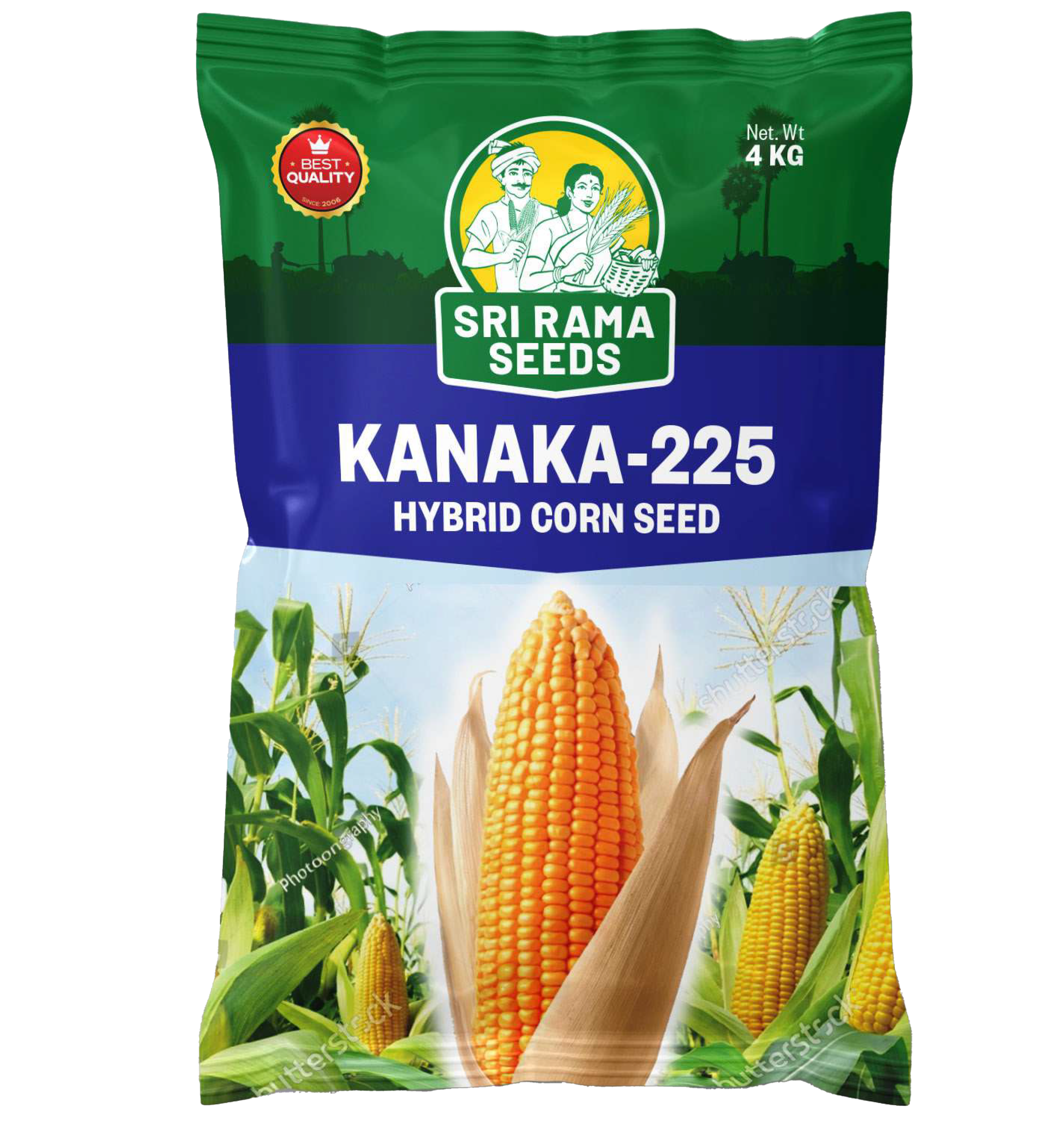High-Yielding Multi-Cut Hybrid Bajra with Superior Fodder
Quality
SR-17 is a premium red-seeded multi-cut hybrid bajra (pearl
millet) variety, developed for high-quality fodder
production with excellent palatability and juiciness. With a
first cut at 50–55 days, followed by successive cuts every
45–50 days, this variety ensures continuous fodder
availability for dairy and livestock farming. Its narrow,
long leaves provide nutrient-rich, tender, and digestible
fodder, making SR-17 a top choice for high-quality animal
feed.
Challenges & Solutions
Fodder crops often face challenges such as low regrowth
after cutting, poor palatability, and inadequate nutrient
retention. SR-17 is specially bred to address these concerns
and maximize fodder yield and quality.
Challenges
Common difficulties in bajra fodder farming include:
-
Low Regrowth Potential After Cutting
-
Poor Fodder Palatability & Digestibility
-
Limited Juice Content in Leaves & Stems
-
Delayed Growth Between Cuts
Solutions
SR-17 provides exceptional benefits for commercial fodder growers:
Performance and Profitability
Yield Potential (Tons/Ha):
SR-17 delivers multiple high-quality fodder cuttings,
ensuring better profitability for farmers.
Adoption Rate:
Farmers prefer SR-17 for its multi-cut capability,
high-quality forage, and excellent palatability.
Farm Profitability:
With multiple harvests per season and superior fodder
quality, SR-17 provides exceptional returns on investment.
Market Demand:
The red-seeded, juicy, and nutrient-rich fodder makes SR-17
a top choice for dairy farmers, livestock feed producers,
and fodder markets.









